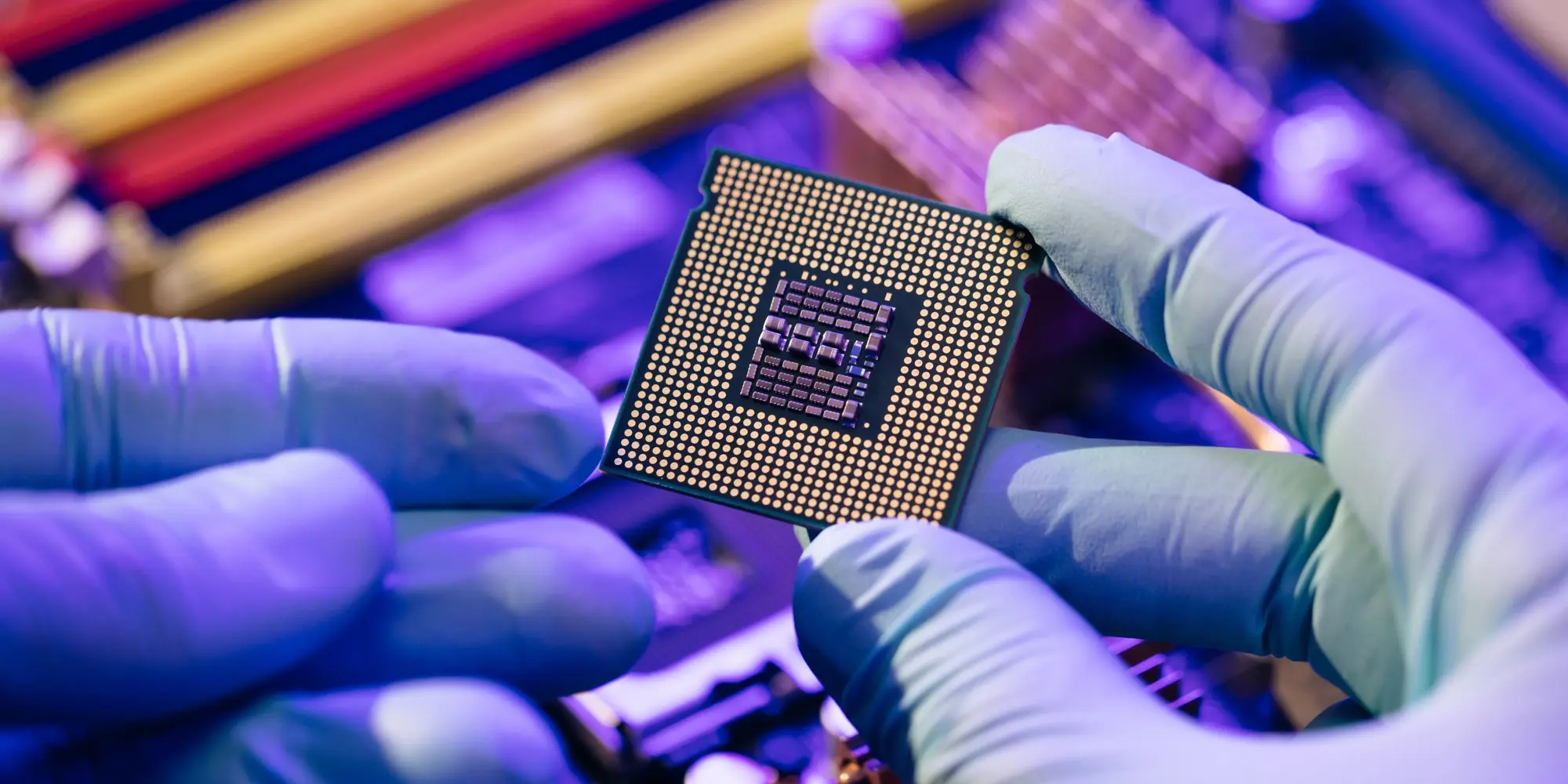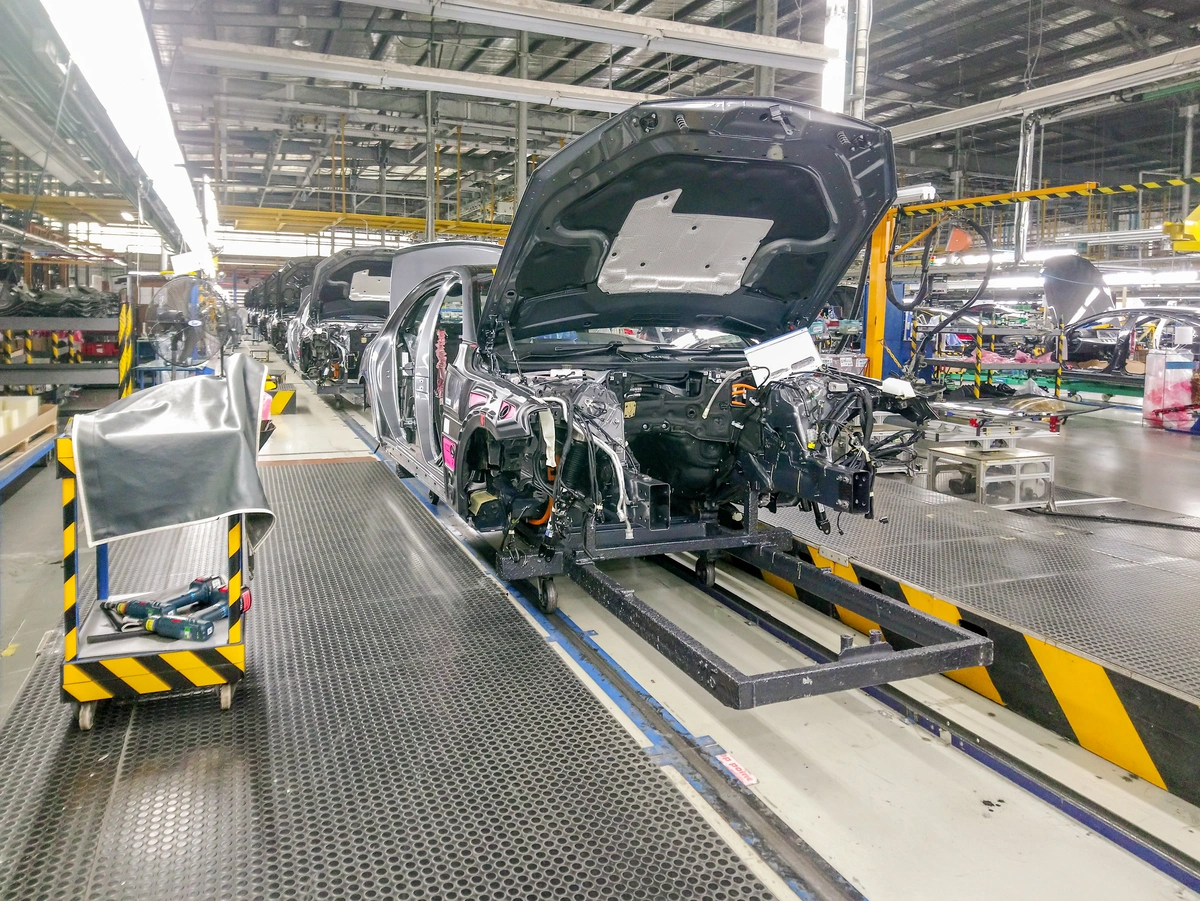Across America, the 20th century was the age of the automobile, and lower-income neighborhoods everywhere were devastated by the spread of the highway. From Robert Moses’ Cross-Bronx Expressway to Charleston Boulevard in Las Vegas, highways ripped apart communities of color, leaving scars that have lasted decades. At least one million Americans were displaced.
But the 21st century belongs to the electric vehicle (EV), and this shift is noteworthy for more than its impact on fossil fuel emissions. The EV revolution, which recently got an additional boost from Biden administration initiatives, isn’t just a chance to build the future. It offers nothing less than a chance to remake America’s transportation backbone, repair the harms of 20th-century car culture, and combat the inequities in communities historically left behind.
The Business Case
The Infrastructure Investment and Jobs Act (IIJA) signed in 2021 sets aside $7.5 billion in federal funding for the buildout of an EV charging station network, with the goal of installing 500,000 stations by 2030. Costs associated with installing EV charging infrastructure are now eligible for existing Department of Transportation block grants as well, thanks to the IIJA.
In addition, the 2022 Inflation Reduction Act (IRA) provides tax credits of up to $100,000 for businesses that install charging stations in a low-income community or a non-urban area. The IRA also provides up to $3 billion to electrify the United States Postal Service fleet of vehicles and charging stations.
Besides federal funds, there are efforts on the state, local, and regional levels, one example of which is the Regional Electric Vehicle Midwest Coalition. Some states, like New York and California, have passed legislation requiring all new passenger vehicles sold by 2035 to be Zero Emission Vehicles. And it’s not just policy driving adoption; consumers are also showing increased interest. EVs accounted for 8.5% of all vehicle sales in Q4 of 2022, up two percentage points compared to the year before.
The Human Opportunity
If there are bottom-line reasons to participate in the EV revolution, there are resonant human benefits, as well.
Our current transportation system is the largest source of air pollution in the United States, and this pollution disproportionally affects low-income communities of color, notes the Greenlining Institute, writing: “Exposure to transportation pollution in low-income communities of color is tied to redlining and decades of racist government policy that relegated communities of color to areas surrounded by busy roads, freeways, ports, and other freight corridors filled with toxic tail-pipe emissions at high rates.”
Easy access to EV chargers and vehicles could help lower-income households manage transportation costs, while also taking advantage of a more reliable form of transportation than the public transit that may be their only choice now. Importantly, as Greenlining points out, commute times are one of the most critical factors in a person’s chances of escaping poverty.
A nationwide system of charging stations in more vulnerable areas wouldn’t just help to right a century-old wrong, in other words: it would allow present-day communities to be uplifted by the transition to greener infrastructure.
Locating charging stations within lower-income areas and/or communities of color is one of the most important first steps, but it won’t solve another glaring issue: cost. Many activists and analysts note that EV ownership so far has been concentrated among higher-income and higher-education Americans, “leaving the most vulnerable populations behind,” in the words of researchers at the University of Michigan. As it stands, the lowest price for an EV on the market starts at $27,459, a purchase unattainable for many of America’s lower-income families. But there’s the potential for change on the horizon.
The International Council on Clean Transportation predicts that by 2029, EVs will reach upfront price parity with the average vehicle purchased by a lower-income household, less than two years after the average vehicle purchased by a higher-income household. In the meantime, there’s a massive opportunity for both local and state governments to plug the disparity gaps for their most vulnerable citizens. Some states, like California, have offered incentives for lower-income households to secure an EV. For members of the community who can’t make the transition with added incentives, local governments and state authorities can provide access to cleaner modes of public transportation, like electric buses and trains.
The transition to greener technologies like EVs will also require well-paying, highly-skilled jobs that would ideally be filled by a diverse, and well-trained workforce able to deploy that expertise in their own neighborhoods, as the EV Charging Initiative points out.
But even if most stakeholders agree that those populations should have robust access to EV infrastructure, how that gets decided and planned requires careful consideration. It should be a process that solicits and listens to community input — not one that’s driven by top-down decision-making.
There are dozens of groups, like the EV Charging Initiative, that coalesce grassroots efforts, but there are also hundreds of communities across the country that may not have a real voice. And with so much at stake, they must.
With federal infrastructure funding coming down the pike, EV companies are faced with a pivotal opportunity to confront environmental injustice, reverse historic marginalization, and promote equity for all communities. The EV revolution will need a multi-faceted approach. Leave no neighborhood behind.
Leecia Eve, a former New York State Deputy Secretary for Economic Development and a former general counsel at Empire State Development, is a core member of Ichor's Infrastructure Practice and is based in New York.
Rory Campbell is a long-time member of Ichor and is based out of the Brooklyn office. He has extensive experience with initiatives that engage participants from the public sector, the private sector, and local communities.
Richie Rambarran is a member of Ichor’s Research team and is also based out of the Brooklyn office. He is passionate about developing community-centered initiatives for underserved groups.




